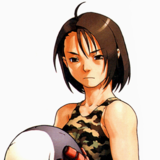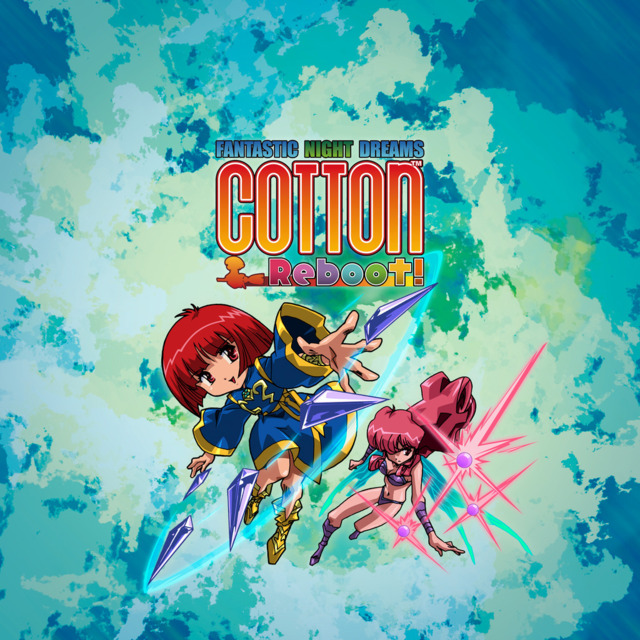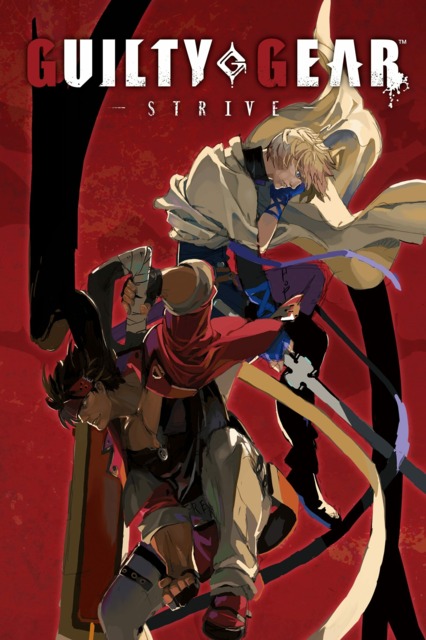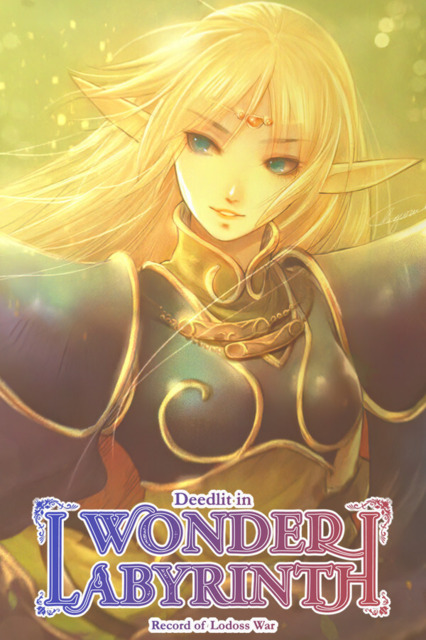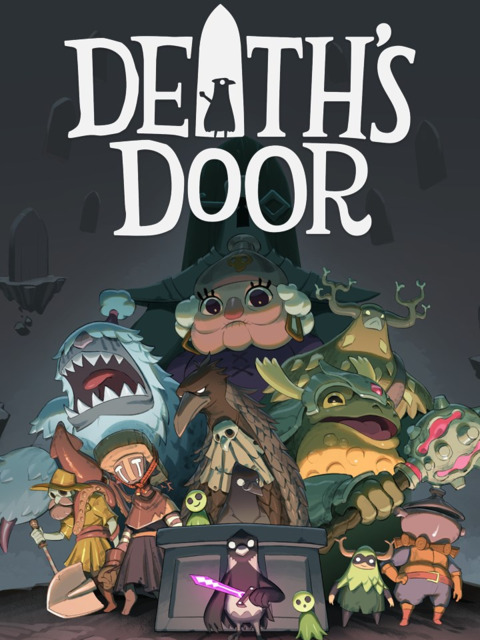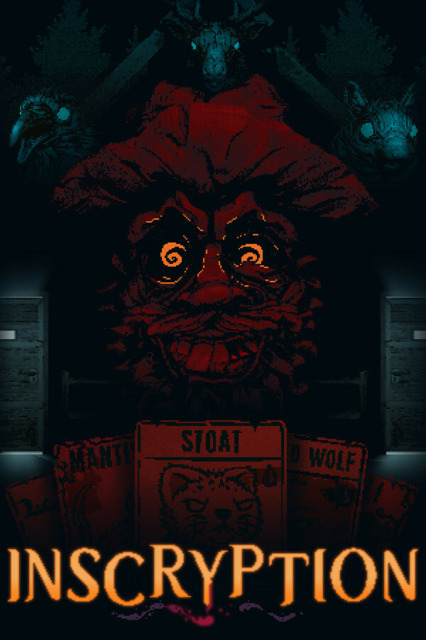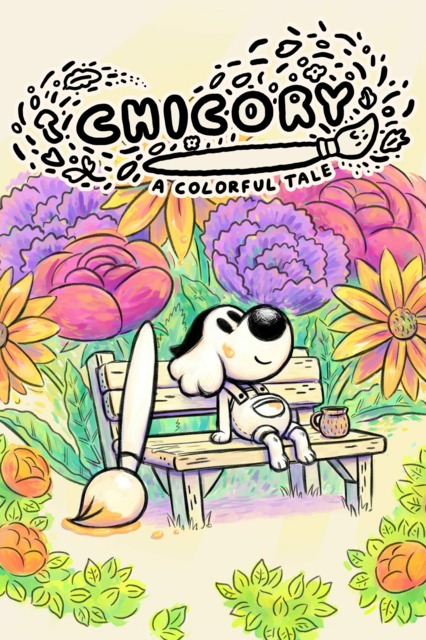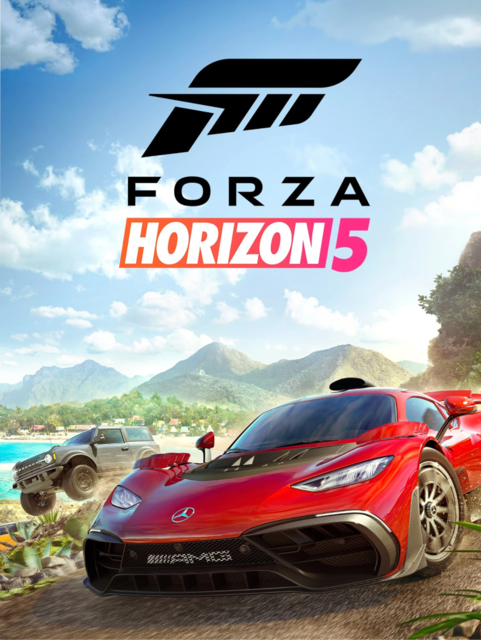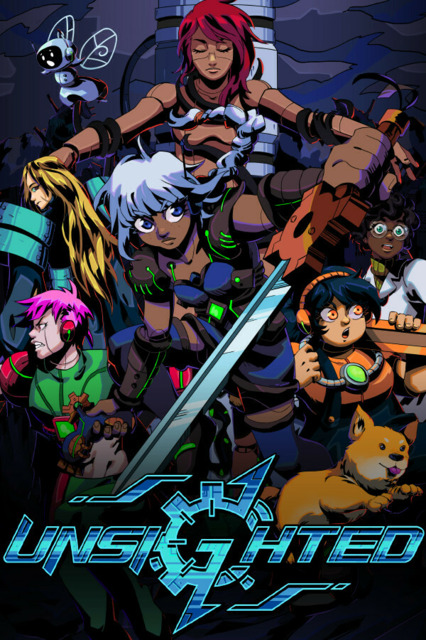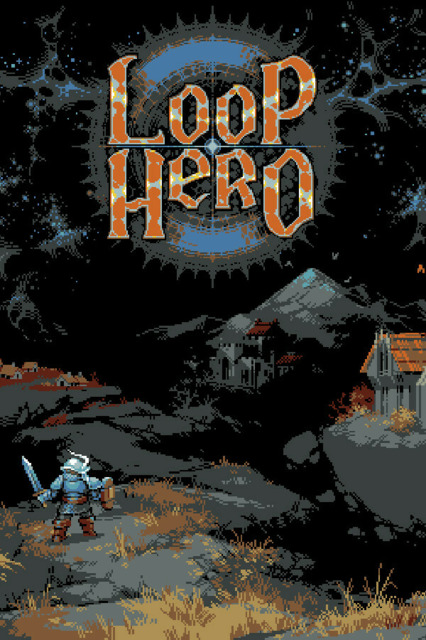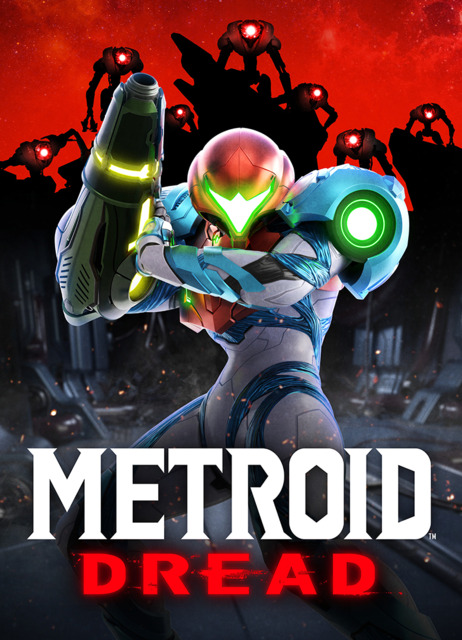GOTY 2021
I’ll keep the introduction short as I wanted to focus my writing focus on the games listed below. I will say this is one of the rare years where I did not have those few games that really stood out to me that I can easily proclaim as my favorite. I had a hard time parsing out which game I thought to be my favorite in this odd year in video games. While I settled on this list at the time I reached my decision, I’d say the margins between the top five games were very minimal and any of them would have taken the top spot depending on my mindset.
Without further ado, my top ten games of 2021 along with a few brief mentions.
2021 Games That Fell Into the Backlog
- The Good Life
- Griftlands
- Lost Judgment
- Melty Blood: Type Lumina
- Picross S6
- Virtua Fighter 5 Ultimate Showdown
- Ys IX: Monstrum Nox
2021 Games That Fell Through During the Year, Focusing on Finishing in 2022 Hopefully
- NieR Replicant Version 1.22…
- Shin Megami Tensei V
2021 Game That I Did Not Count to GOTY, But Found the New Content Very Cool From a Packaged Re-Release
- Bowser’s Fury from Super Mario 3D World & Bowser’s Fury
2021 Games I Played
- Capcom Arcade Stadium with All Current Add-On Packs
- Mario Golf: Speed Rush
- Picross S Genesis and Master System Edition
2021 Dishonorable Mention
- Bravely Default II - Outside of Bowser’s Fury, this was my first 2021 game that I finished and boy this game was a major disappointment in my eyes. I can’t believe I stuck through it, but I did after clocking in close to 100 hours.
2021 Honorable Mention
- Clockwork Aquario - An arcade game that was canceled in the early 1990s got revived and finished with input from the original developers. It’s an arcade game so it’s not long and deep, but the game has a nice presentation and is simple and pleasant.
